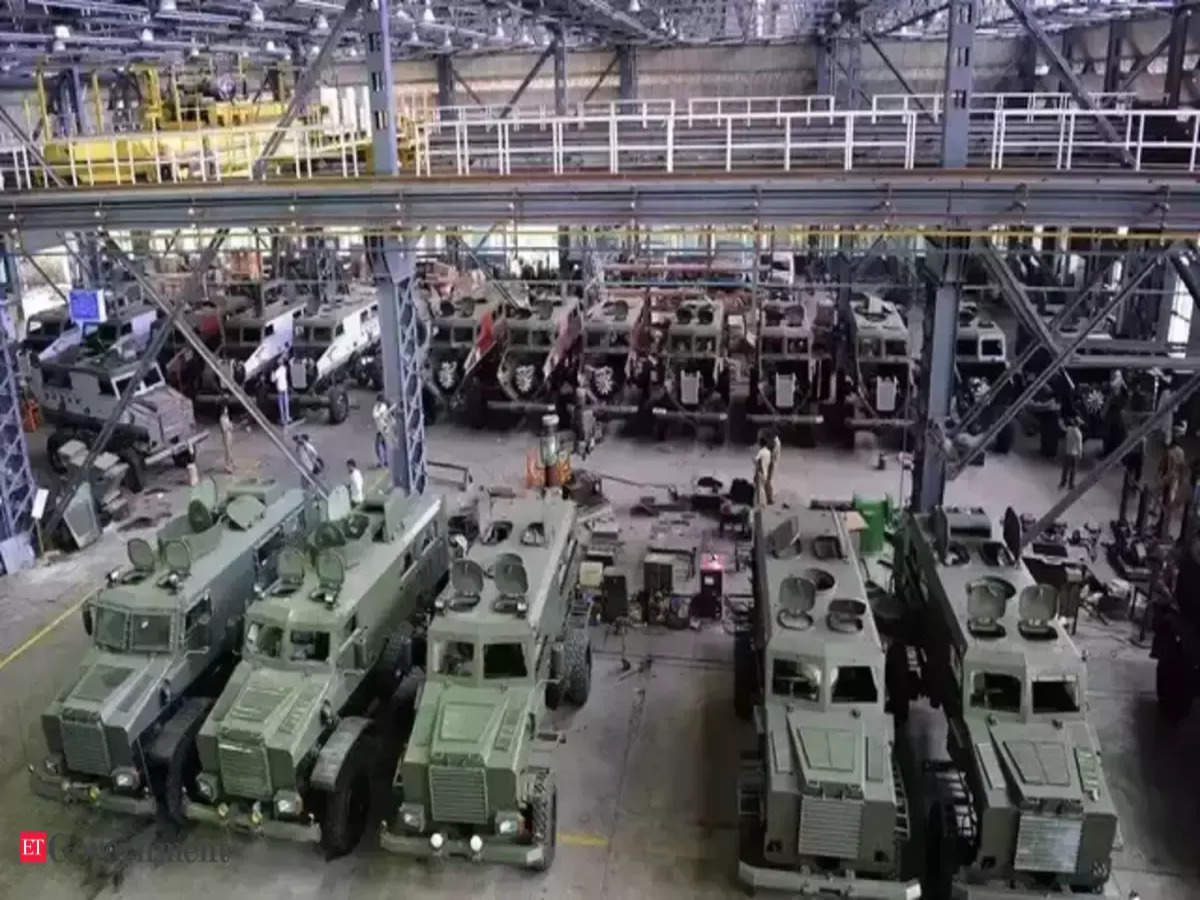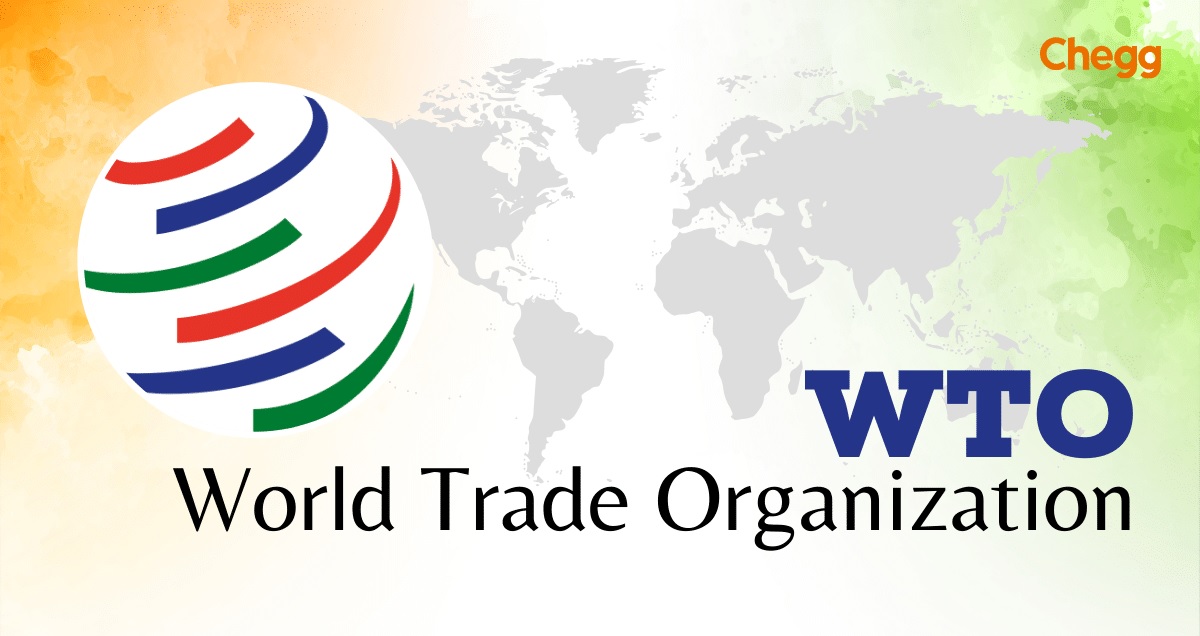The Hindu: Page 10
Syllabus : GS 3 : Indian Economy
The Union Budget highlights significant investments in advanced technology missions, including space, quantum, and clean energy sectors.
Priority areas – productivity and resilience in agriculture, energy security, and manufacturing and services:
• The Union Budget emphasizes transforming agricultural research to enhance productivity and climate resilience.
• Initiatives such as “speed breeding platforms” have been established to accelerate the development of climate-resilient crop varieties, allowing multiple generations of crops to be grown in a single year.
• The budget prioritizes energy security with a focus on research and development of small and modular nuclear reactors and advanced thermal power plants.
• The proposed “Critical Minerals Mission” is expected to enhance research in critical minerals essential for clean energy technologies.
• The budget highlights the importance of enhancing domestic manufacturing capabilities and attracting foreign investment through initiatives like the Production Linked Incentive (PLI) schemes.
• Plans for “plug and play” industrial parks in 100 cities are expected to facilitate the uptake of indigenous technologies and boost manufacturing output.
• The focus on commercializing technologies with private sector involvement aims to strengthen the manufacturing sector’s contribution to the economy.
Concerns about the sidelining of basic research and stagnation in research funding
• Focus on Advanced Technology: The previous two terms of the Indian government emphasized advanced technology missions (e.g., supercomputing, quantum technologies), which raised concerns that basic research was being neglected.
• Limited Funding for Basic Research: The establishment of the Anusandhan National Research Fund (ANRF) aims to prioritize basic research, but there are concerns that the emphasis on “prototype development” alongside basic research may indicate a shift towards translational research, potentially sidelining pure scientific inquiry.
• Disparity in Funding Distribution: Currently, about 65% of research funding is allocated to premier institutions like IITs, while state-run universities receive only about 11% of the funds provided by the Department of Science and Technology (DST). This disparity hampers the growth of basic research across a broader range of institutions.
• Actual Expenditure vs. Allocation: Concerns were raised that the actual expenditure on science and technology and higher education in 2023-2024 was much less than the initial allocation for that year.
• Demand for Increased Funding: The scientific community has long demanded higher government funding for basic research, as the private sector has shown limited interest in investing in this area.
• Impact of Inflation: The nominal increases in budget allocations for research may not be sufficient to counteract inflation, leading to a real decrease in available funding for research activities.
UPSC Prelims PYQ : 2020
Ques: Along with the Budget, the Finance Minister also places other documents before the Parliament which include ‘The Macro Economic Framework Statement’. The aforesaid document is presented because this is mandated by :
(a) Long standing parliamentary convention
(b) Article 112 and Article 110(1) of the Constitution of India
(c) Article 113 of the Constitution of India
(d) Provisions of the Fiscal Responsibility and Budget Management Act, 2003
Ans: (d)






